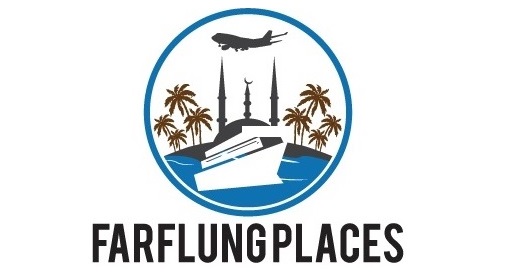Hidden away in the hills, less than an hour from Baku, is Gobustan (pronounced Qobustan by the locals) an astounding site of ancient human art. Whereas other prehistoric sites such as Lascaux in France are closed to the public, with museums built nearby with reproduced copies of the art for tourists to see, Gobustan is an open air museum with few visitors and easy to walk around.
The art works, or Petroglyphs, were created over a period of time beginning 40,000 years ago and continued until approximately 5,000 years ago. The area was perfect for human habitation, large rocks have broken off from the cliff faces to create secure cave complexes to live, eat and sleep in. And to create art in their spare time.
All are scratched into both the soft and hard rock using stone, and later, metal implements. Elements of pigments have been discovered which suggests many were originally painted as well. Most are protected by being inside caves, but others on exposed slabs of rock, are starting to become seriously weathered and hard to clearly see.
It really is a treasure trove of human civilization, and since the collapse of the Soviet Union has become a focal point for archaeologists from museums and universities around the world to learn more about our ancient life. Burial sites, rubbish dumps and cooking sites have all thrown up large amounts of information about how our ancient ancestors lived. The number of ship drawings indicate that the groups who lived here were not that isolated, and traded widely across the Caspian Sea with neighbouring civilizations.
There is a small modern museum before you visit the rock art. It is thoroughly recommended to spend a while there to get the full context of how our ancestors lived, and what was occurring in other civilizations when the Gobustan tribes were hard at work on their art. The entrance fee to the site (and museum) is a rather cheap 2 AZN (approx US$2). Unless a school group from Baku arrives you will have the large site to yourself, it is well laid out with a clear path passing most of the major Petroglyphs, although there are many more in the surrounding hills at this UNESCO World heritage site.
If a school group does arrive you may well found yourself to be the centre of attention. I was just finishing my walk when a group of thirty teenagers descended upon the site, or rather descended upon me. Bugger the ancient arts there was a foreigner to see and photograph.
For about five minutes I encountered fleeting fame as every child rushed up, put there arm around my neck as I crouched down to their height, and took a selfie. It was fun for a while, but I was happy to return to anonymity and climb back into my taxi to Baku. I await my next ten minutes as Andy Warhol has promised...








0 comments